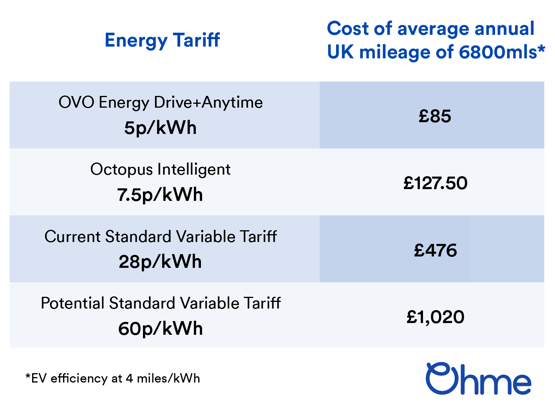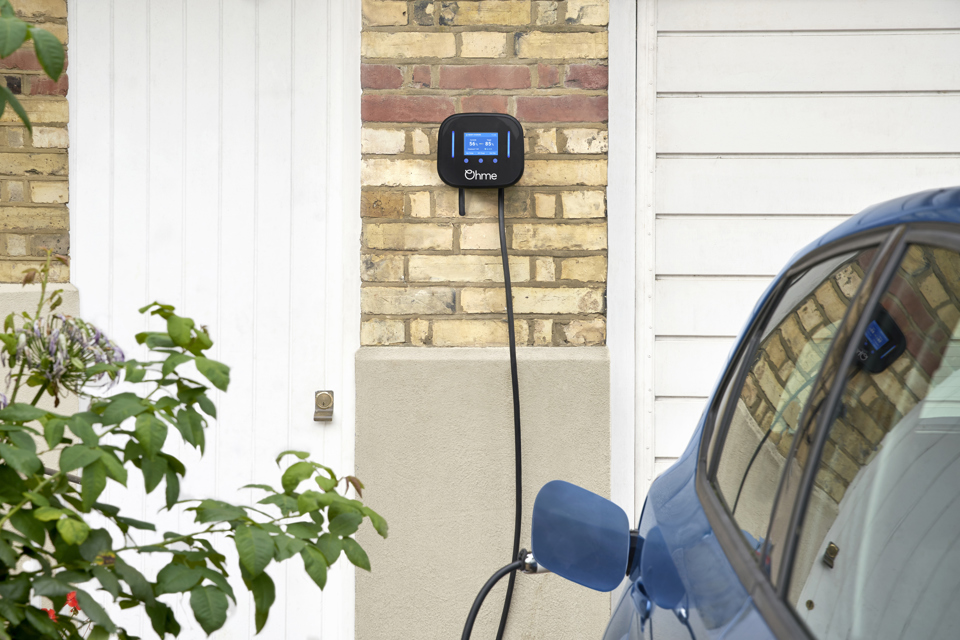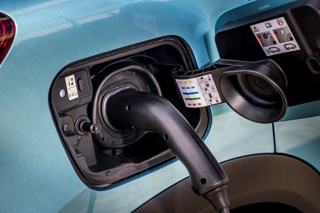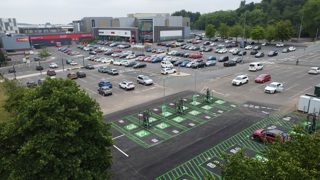Electric vehicle (EV) drivers could pay up to eight times more to charge their car at home this winter, if they don’t make use of smart tariffs.
The price of electricity is set to soar this winter, making the cost of running an EV significantly higher.
Ohme recommends that EV drivers switch to a smart tariff and utilise a smart charger, to minimise the impact on their bills.
“It’s great that so many drivers have made the switch to an electric vehicle, but if they’re not already on an off-peak tariff, those drivers need to quickly review their options to protect themselves from these future wholesale price rises,” said Ohme CEO, David Watson.
“Our advice at Ohme is to speak to your existing electricity supplier and see if they offer an off-peak tariff such as Octopus or OVO Energy. If they don’t, then look at switching suppliers to one that does so that you can off-set the impacts of these significant price increases that experts are predicting.”

Industry experts are predicting wholesale electricity prices will more than double this winter, raising the Standard Variable Tariff set by Ofgem to around 60p per kWh (up from the current 28p/kWh).
If charging an electric vehicle on an off-peak tariff, EV drivers can expect low running costs that are the equivalent of 1.9 pence per mile, with the likes of Octopus Intelligent at 7.5p/kWh. That means a typical UK driver’s annual mileage of 6,800 miles in an average EV could cost just £127.50.
By comparison, at the current Standard Variable Tariff of 28p/kWh, that same annual mileage would cost a driver £476. If, as predicted, that standard electricity tariff rises to 60p/kWh, those same 6,800 miles would cost an EV driver £1,020 – eight times more than on an off-peak tariff.
Smart chargers can connect with the national grid in real time and automatically adjust its charging for drivers to take advantage of all the times of low price charging with smart off-peak tariffs. Ohme’s charger offers drivers the option to charge their car when renewable energy generation on the National Grid is at its highest, further lowering their CO2 impact.




















Login to comment
Comments
No comments have been made yet.